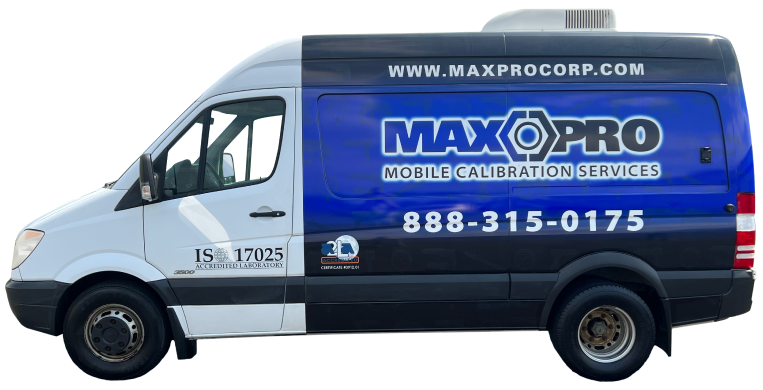 When we invest in things, we try to protect them. We get our car serviced regularly, we make sure our home is well maintained.
When we invest in things, we try to protect them. We get our car serviced regularly, we make sure our home is well maintained.
And as we’ve argued here before, your torque wrench is an investment as well, not just a purchase. Here are nine things you should know about caring for it.
1. One click is enough
When you’re tightening a bolt, one click is enough. Many users allow their wrenches to click more than once, but this means they’re applying added torque to the bolts. Use your tool in a smooth, steady fashion and let it click just once.
2. Be careful with “crow’s foot” fittings
Torque wrench square drives CAN be fitted with “crow’s foot” style fittings. However, these fittings can alter the torque of the tools. If you do use a crow’s foot, it’s important to find the right offset to apply to the set torque.
3. Use the adjustment lock
If your torque wrench comes with an adjustment lock, be sure to apply it before operating the tool. It’s easy to accidentally adjust the settings on your wrench while you’re using it, leading to unwanted – and unintended — changes.
4. Don’t make your own “extensions”
When working with your torque wrench, avoid using pipes or other objects to extend the wrench handle. Not only is this practice dangerous, it can also damage the tool and throw off its accuracy.
5. Use caution when loosening
Torque tools are designed to make things tighter, but some can also work to loosen bolts. But if the bolt can’t come loose within the wrench’s maximum torque, you should use another tool. Exceeding that maximum can affect the wrench’s accuracy.
6. Follow the marked points
Most wrenches come with a marked loading point on their handles, but not everyone uses this guide. But the loading point is there to help you. Keep your hand centered above it as you work to achieve accurate results. The loading point is also important when calibrating your torque tool.
7. Follow the required torque when adjusting your wrench
Your wrench’s manufacturer should have provided the required torque for your equipment. When adjusting your torque wrench, make sure those levels are met to ensure an accurate setting.
8. Make sure it can go counterclockwise
Many torque tools only turn in a clockwise manner. You should always check your wrench’s specifications before you try to turn it counterclockwise. If the tool isn’t designed to work that way, turning it in the wrong direction can lead to a loss of torque control.
9. Wind your wrench back when storing it
When we say “storing it,” we don’t mean “putting it away for the night.” We’re talking about a torque wrench that you may only use occasionally. If you let the wrench sit for a long time without winding it back, the wrench will weaken and become inaccurate over time.
If you have questions about caring for your torque wrench, talk to MaxPro. For 23 years, we’ve provided high quality torque tools and excellent calibration services. Our experts can work with you to make sure you get the most out of your torque wrench investment.





